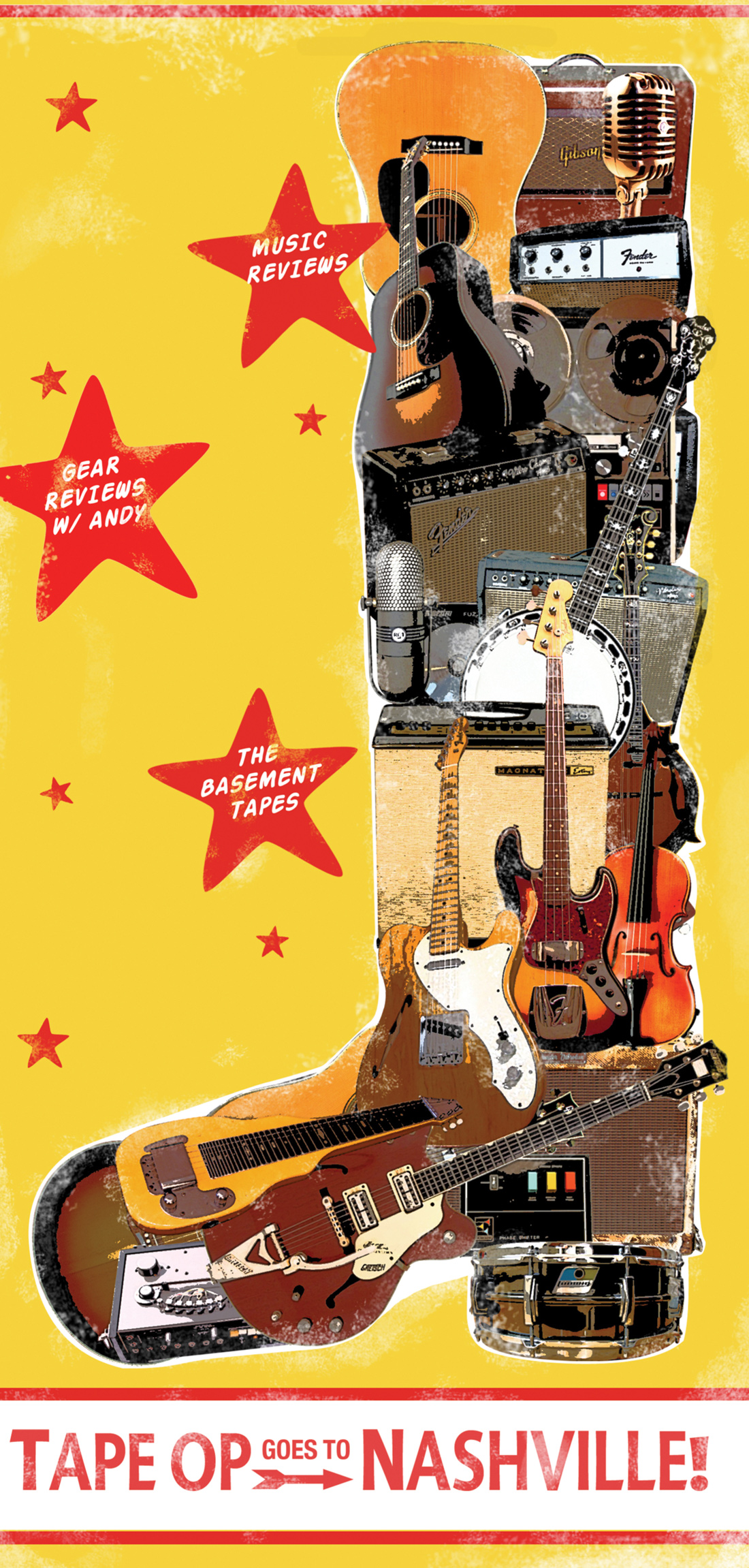For the last six months I've worked on an album that's very much steeped in the style of the classic mid-century crooners. Artists like Frank Sinatra, Tony Bennett, Johnny Mathis, and Julie London cut some classic "American songbook" sides back in the '50s and '60s; the record I was working on was inspired, and informed, by this era. As we began setting up for the first day of recording, it was obvious that the premise was to make the album "feel" like one of those older tunes, but not to try and imitate the "sound" of an old record. In other words, there was no edict to upgrade or modernize the sound of the band or vocalist, but there was also no order to imitate the older records. The conversations around this decision were interesting, and it was refreshing to feel free to let the music, arrangements, and performances create the sound of the album. There was a fair amount of bleed between the grand piano and drums (mostly played with brushes), and a room tone emerged that felt right to everyone involved. Sure, I used some older (and older style) mics, gear, and tape decks; but if it didn't bring out the best in an instrument I swapped it out. In the end, if this record had been created with pristine, isolated, brightly EQ'd and overly compressed (i.e., "modern") tracks, there's no chance that it would feel as deep and natural as what we created. Capturing the feel and mood was something that had to happen from the start.
I've had people call me, asking to rent "vintage sounding mics" so that their recordings could have some sort of classic tone. In one case, classic early singles by The Who came up and I had to say, "That's a wild drummer, in a great sounding room, with probably one condenser mic hanging above him, playing on a fantastic song. There was likely a tube mic pre, compressor, and tape deck used. But I'll bet you anything the engineer was fighting the dynamic and sonic limitations of the tape deck." All of these elements inform the sound of tracks like this. Borrowing one mic isn't going to magically bring any track to life in the way of one of these older songs.
Another time a musician emailed me, asking how to make his recorded tracks sound more like old reggae and ska when mixing. I couldn't even imagine how to begin. For reference I listened to some old Skatalites tracks. Sure, there wasn't the same kind of high-frequency information like a modern album, but to simply roll off high end would not yield the same results. These tracks were usually cut live, and once again the bleed in the room, and instruments laying down tracks together, creates the core of the band's sound. There's no magic reverb setting or compression ratio that will make a song feel like these old recordings!
I used to get a lot of bands coming to record with me that were afraid of the recording studio. "Don't make us sound like Def Leppard or Mötley Crüe," they'd say. I'd reply, "Do you know how hard it is to make a record like that? I can't just turn a knob and make something sound like those bands! It takes months of hard work to do that."
People focus a lot on the mixing process these days, and I understand and embrace that. Heck, it's partly how I make a living. But record production comes in many forms, and it's never as simple as some processing applied all over previously recorded tracks that creates great art.
If you want your recordings to have depth, complexity, and be able to withstand multiple listens, you need to focus on the whole process. Learn how classic records were really made, and make sure every decision leads towards the album you want to create.

